By Andrea Ayres
Comics can be much more than a form of entertainment, at least that’s what the panelists at Friday afternoon’s Comics As a Force for Social Change believe. Lead by Dr. Travis Langley, (Wonder Woman Psychology: Lassoing the Truth) six panelists delved into what makes comics such powerful tools for teaching everything from literacy to examining the Holocaust and everything in between.
From left to right: John Jennings (illustrator, Kindred: A Graphic Novel Adaptation), Kate Schatz (writer, Rad Women Worldwide), Miriam Klein Stahl (artist, Rad Women Worldwide), Rachel Ignotofsky (Women in Science), Damian Duffy (writer, Kindred: A Graphic Novel Adaptation) and Thi Bui (The Best We Could Do), not pictured: Dr. Travis Langley).
When people think of literacy the first thing that comes to mind is likely not a comic book, but that wasn’t the case for these particular panelists. Several told stories about how they found comics as children and the power these visual forms had in their development and connection to the literary world. Ignotofsky, who struggled with dyslexia growing up, used comic books as a tool to help her learn to read. As the mother of a four-year-old Schatz watches her child interact with and learn narrative construction through comics. Drilling down into why comics are so powerful in this way was perhaps a question too difficult to answer in one hour long session. Still, the panelists offered some preliminary answers.
Damian Duffy believes part of what makes comics so powerful is the ability as a reader to control the images. There’s an agency there that is lacking in other visual forms, like television or movies. The reader controls what they see, how they see it, and how long they spend time with a particular panel. Thi Bui notes America’s complicated relationship with history, especially the proclivity to forget or omit details from historical accounts. Comics, she says, can be used to help us find alternative histories of the history we think we know. That’s part of why Bui decided to write her autobiographical work The Best We Could Do. It was an accessible way she could address the lacking historical accounts of the Vietnam war using characters who were Vietnamese. The fact that anyone can pick up a piece of paper and pencil and make a comic, the panelists agree, make them particularly potent tools for helping people tell their story.
As Professor John Jennings notes literacy is multimodal (political, visual, electronic are all types of literacy) and comics are particularly adept at teaching to these modals. The way text is placed on a page, the space in between a panel, all of this is powerful and helps communicate to readers in a way other media forms cannot. Artist Miriam Klein Stahl has been encouraged by modern literary luminaries like Ta-Nehisi Coates (Between the World and Me) and Roxane Gay (Hunger) embraced by larger comics publishers.
Using comics to address issues people normally flinch away from is perhaps one of their most powerful applications. Dr. Langley, a professor of psychology, talked about how his students struggle with real-life depictions of patients. When he fictionalizes them, however, the students are able to get past the unpleasant material and begin to understand the lesson. It’s perhaps what Ignotofsky believes comics can help with the most, moving people beyond simply knowing. “When you learn about something horrific your brain wants to protect you from it, but comics can break that down and allow you to empathize and absorb it.”
Works like Art Spiegelman’s Maus, which depicts the story of his father’s survival of the Holocaust and Marjane Satrapi’s Persepolis, an autobiographical account of life before and after the Iranian Revolution, were both cited as comic forms that helped break down complex and difficult topics. That was an important component for all of the panelists. The ability to see comics used in ways that help readers reflect on the vast and diverse nature of what it means to be alive, of what it means to be part of the human experience. “Comics speak symbolically for how we deal with information (…) it’s the power of semantics through images,” Jennings remarked in a discussion about how comics communicate.
No talk of social change would be complete without addressing what needs to be improved within the industry. From poor depictions of mental illness to ongoing issues of tokenism, there’s a real need for balance. What is necessary, Jennings says, “are comics that portray more various experiences around what it means to be human. The focus should be less on the optics of diversity or what it looks like and instead on what it is.” Bui agrees with Jennings and adds that the human story is all the same when you break it down. We are born, we live, and we die. Where the differences are is in the shape our stories take. “We should honor those little details and really observe them no matter what we’re telling.”
When it comes to using comics to create social change, perhaps the panelists might agree, that we can all start by helping to embrace and make space for stories as big as, as diverse as, as scary and wonderful as the one we all already live in.


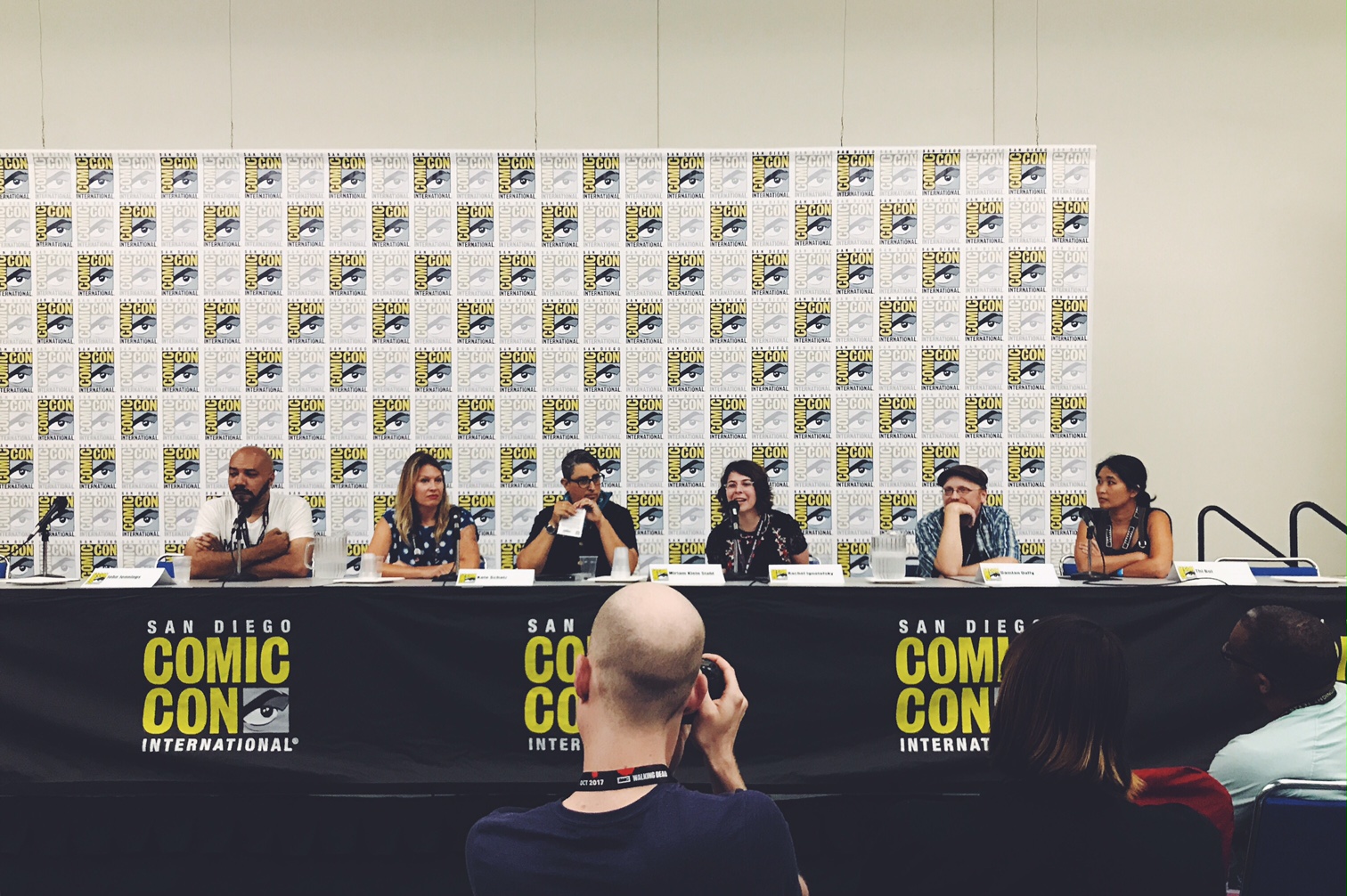
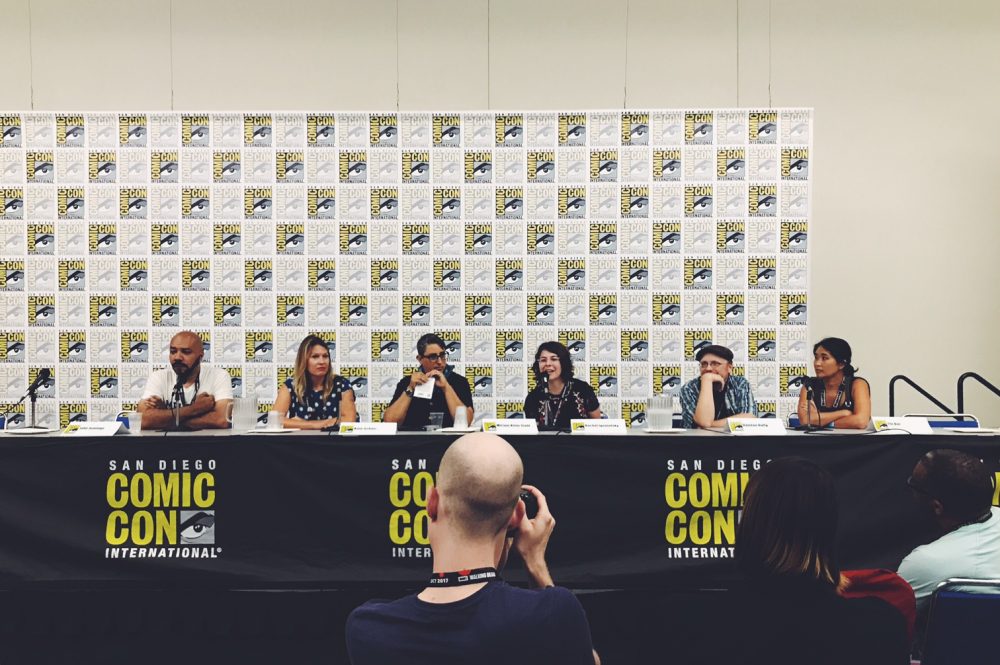
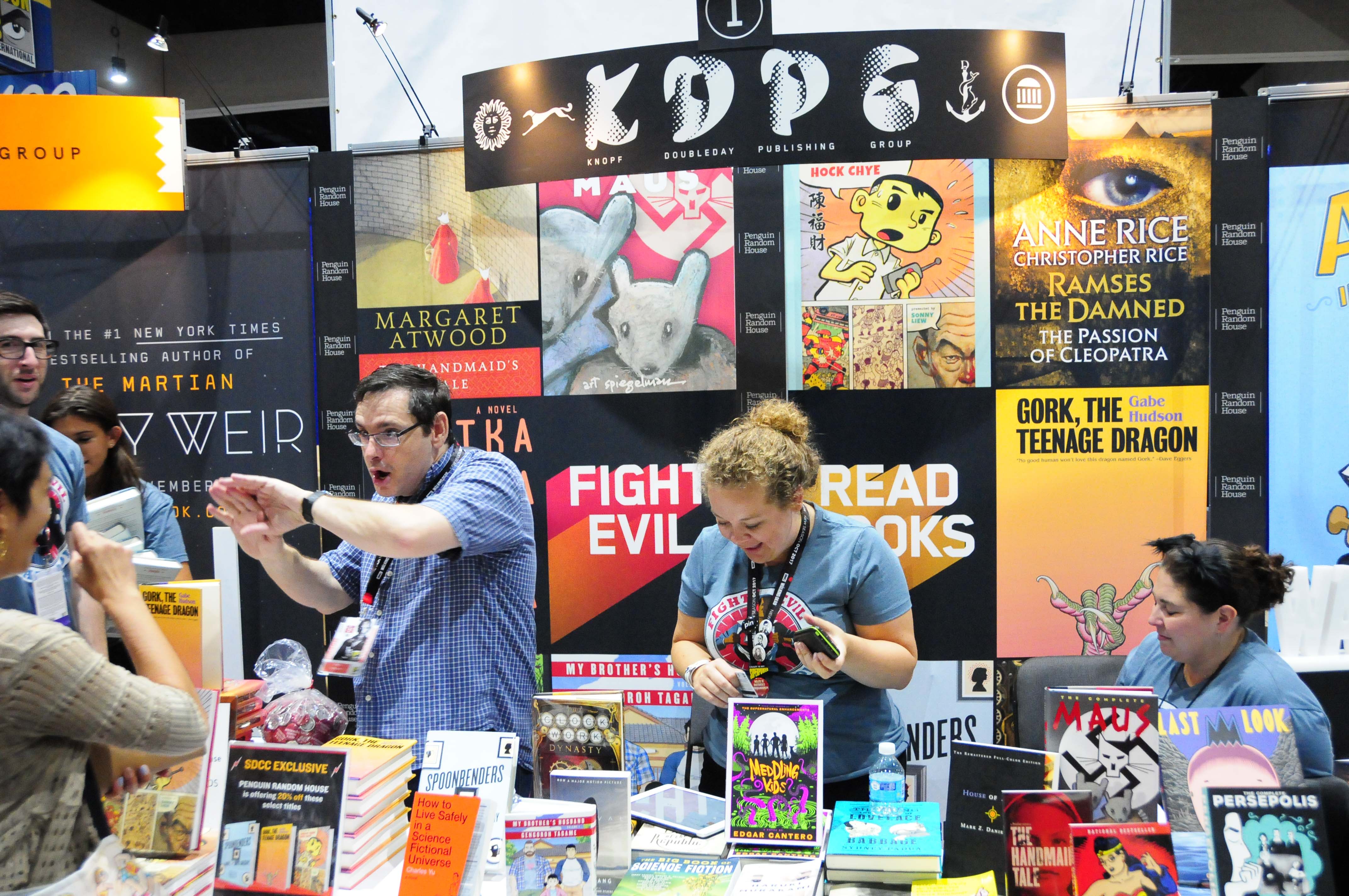
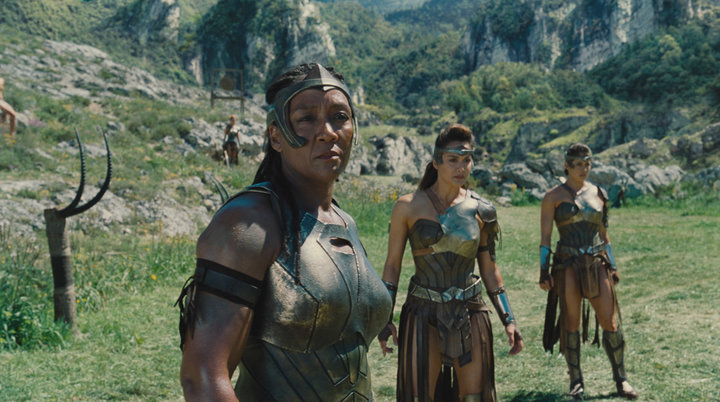
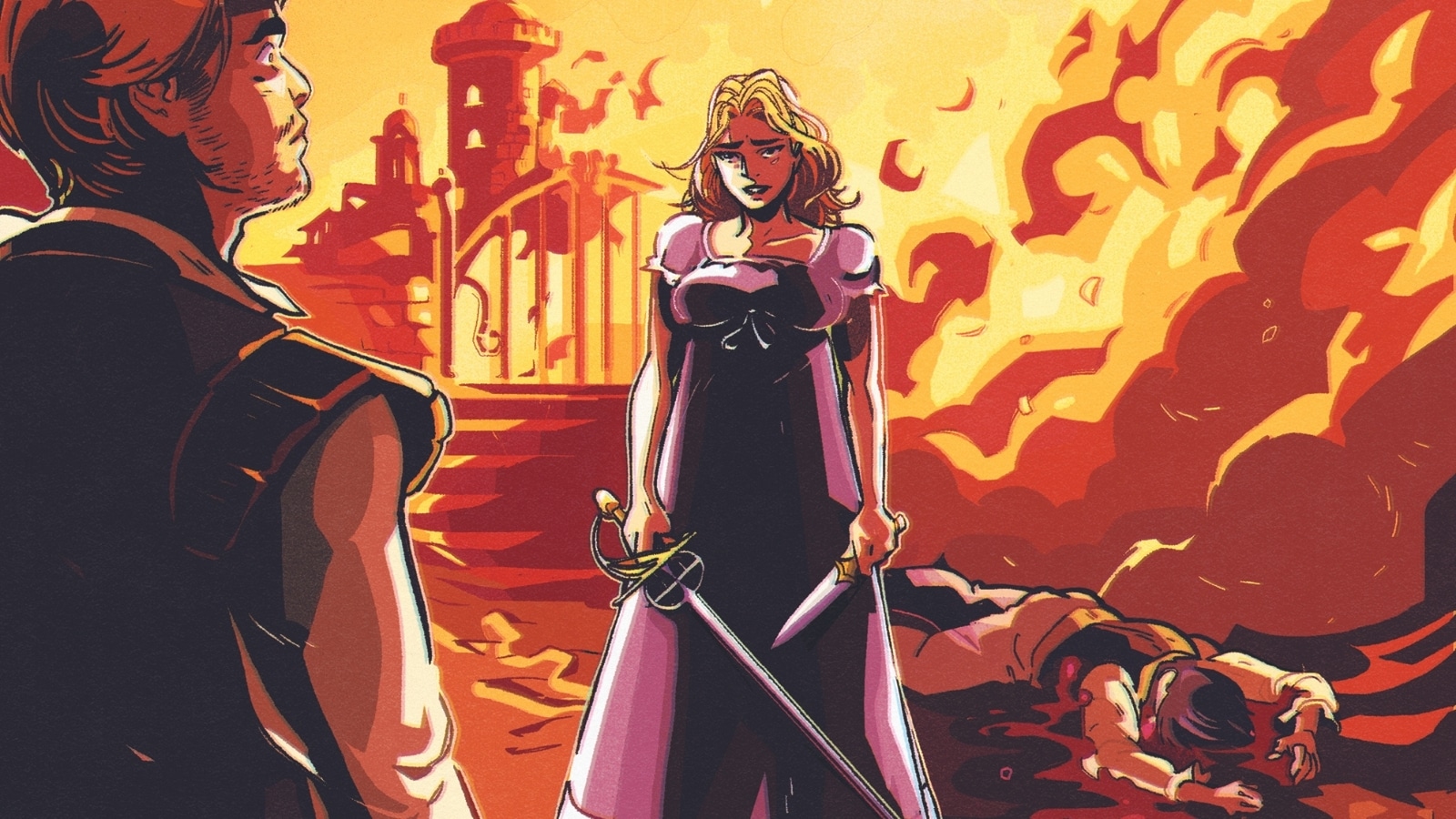

Comments are closed.